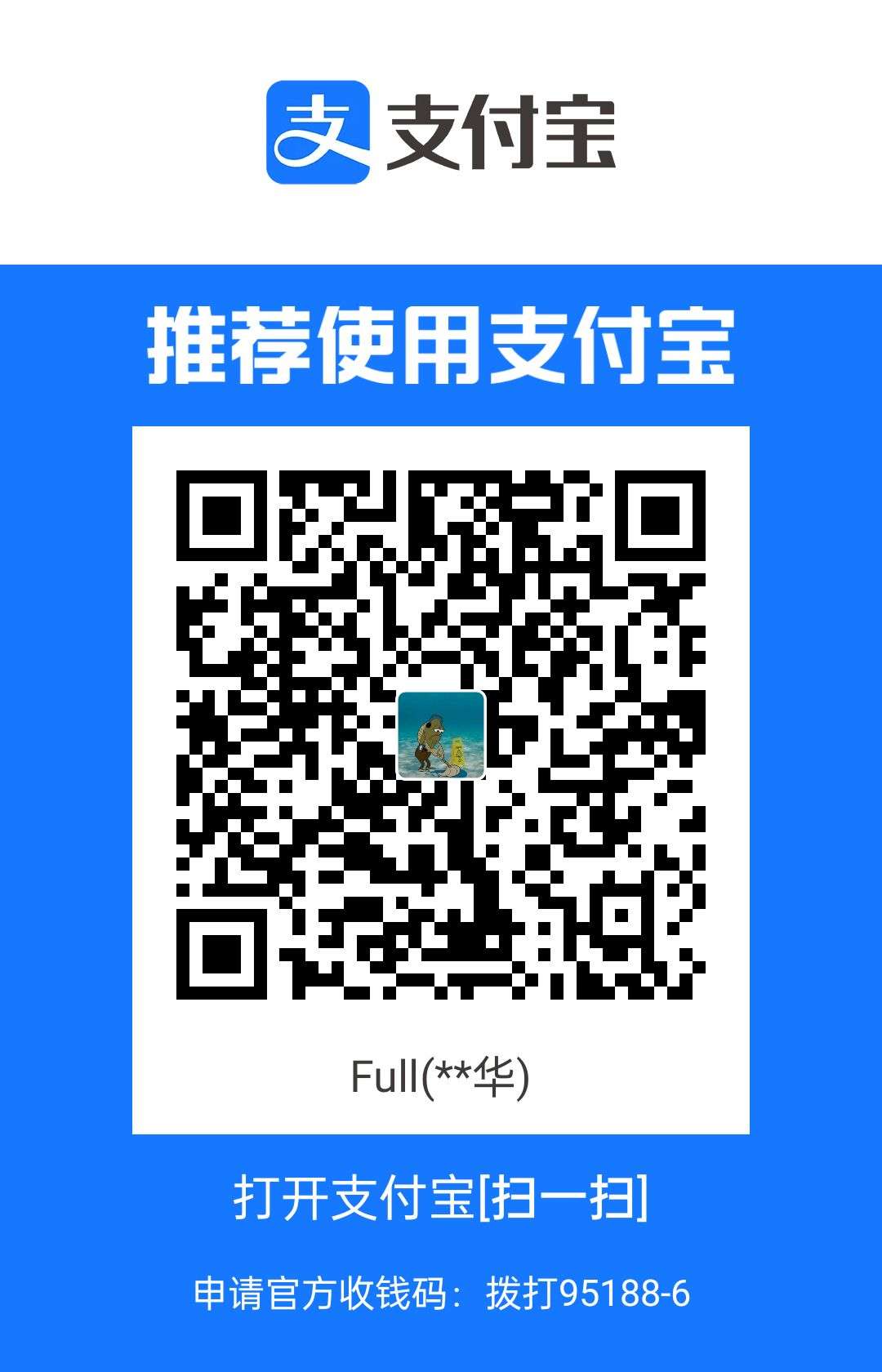简介
由 4 门技术结合起来的
- HTML Imports –> HTML Modules
- HTML Templates
- Custom Elements
- Shadow DOM
成熟的组件库特点:
实例
来看一组下面的实例,讲述了如何定义 web components 并获取 iframe 中的 web components
1
2
3
4
5
6
7
8
9
10
11
12
13
14
15
16
17
18
19
20
21
22
23
24
25
26
27
28
29
30
31
32
33
34
35
36
37
38
39
40
41
42
43
44
45
46
47
48
49
50
51
52
53
54
55
56
|
<!DOCTYPE html>
<html lang="en">
<head>
<meta charset="UTF-8" />
<meta http-equiv="X-UA-Compatible" content="IE=edge" />
<meta name="viewport" content="width=device-width, initial-scale=1.0" />
<title>Document</title>
</head>
<body>
<h1>开启服务才能获取 iframe 内容</h1>
<iframe src="./iframe.html"></iframe>
<fs-components></fs-components>
<script>
customElements.define(
"fs-components",
class extends HTMLElement {
constructor() {
super();
console.log("先运行构造函数");
}
connectedCallback() {
console.log("再运行连接回调");
}
disconnectedCallback() {
console.log("当删除组件时才会运行失联回调");
}
adoptedCallback() {
document.adoptNode();
alert("被导入");
console.log("当使用 document.adoptNode 后会运行收养回调");
}
attributeChangedCallback(name, oldValue, newValue) {
}
}
);
const iframe = document.querySelector("iframe");
const selfComponent = document.querySelector("fs-components");
document.body.appendChild(document.adoptNode(selfComponent));
iframe.onload = () => {
const webComponent =
iframe.contentDocument.querySelector("fancy-components");
document.body.appendChild(document.adoptNode(webComponent));
};
</script>
</body>
</html>
|
1
2
3
4
5
6
7
8
9
10
11
12
13
14
15
16
17
18
19
20
21
22
23
24
25
26
27
28
29
30
31
32
33
34
35
36
37
38
39
|
<!DOCTYPE html>
<html lang="en">
<head>
<meta charset="UTF-8" />
<meta http-equiv="X-UA-Compatible" content="IE=edge" />
<meta name="viewport" content="width=device-width, initial-scale=1.0" />
<title>If</title>
</head>
<body>
<fancy-components></fancy-components>
<script>
customElements.define(
"fancy-components",
class extends HTMLElement {
constructor() {
super();
console.log("先运行构造函数");
}
connectedCallback() {
console.log("再运行连接回调");
}
disconnectedCallback() {
console.log("当删除组件时才会运行失联回调");
}
adoptedCallback() {
alert("iframe内 fancy-components 被导入");
console.log("当使用 document.adoptNode 后会运行收养回调");
}
}
);
</script>
</body>
</html>
|
也可以继承 HTML 元素
1
2
3
4
5
6
7
8
9
10
11
12
13
| customElements.define(
"our-input",
class extends HTMLInputElement {
constructor() {
super();
this.placeholder = "属于我们的输入框!";
this.disabled = true;
}
},
{ extends: "input" }
);
|
相信从以上案例,已经能初步了解 web components 的用法,更多用途在网络上有更丰富的案例
组件库
CSS-Doodle
基于 web components 开发的组件库,(炫酷效果的组件库,日常开发中用不到)
css-doodle
fancy-components
花式组件库, 在日常开发中用得到
fancy-components
在框架中使用
React 支持 WebComponents
只要首字母不大写,大写是组件, 小写就是标签
1
2
3
| <fc-button>
<TextView />
</fc-button>
|
Vue 中支持 WebCompents
在 vue.config.js 中
1
2
3
4
5
6
7
8
9
10
11
12
13
14
15
16
| module.exports = {
chainWebpack: (config) => {
config.module
.rule("vue")
.use("vue-loader")
.tap((options) => {
options.compilerOptions = {
...(options.compilerOptions || {}),
isCustomElement: (tag) => tag.startsWith("fc-"),
};
return options;
});
},
};
|
vite 中使用 WebCompents
在 vite.config.js 中
1
2
3
4
5
6
7
8
9
10
11
12
|
export default defineConfig({
plugins: [
vue({
template: {
compilerOptions: {
isCustomElement: (tag) => tag.startsWith("fc-"),
},
},
}),
],
});
|

